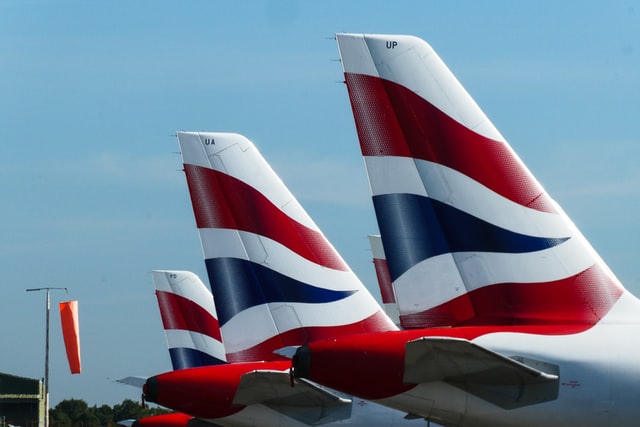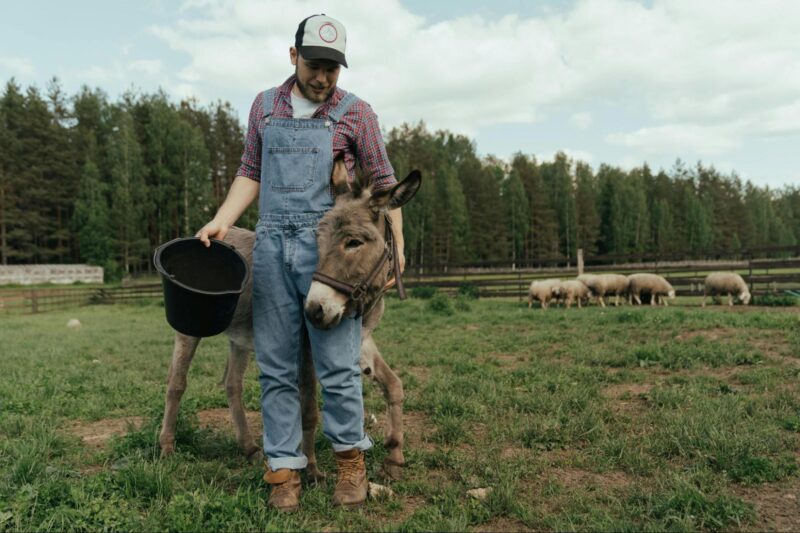
Introduction
A strip is a place in the ground that’s been mowed clear, and has markers that help you line up with it. The plane will fly over said strip and then land when approaching from the opposite direction. A typical landing strip is between 800 and 1000 feet long (244 to 305 meters) with an additional 50ft (15 meters) of safety space on each end. If you’re not sure about landing a plane, it’s best to practice first.
Landing Strip
Since you probably won’t find a landing strip in the wild, it’s best to build your own. That way you can land as often as you need to and get better with each attempt. A good idea is to place your strip next to a lake or river and approach from the water (and vice versa) so that if anything goes wrong you can safely land on the water and exit the plane into the lake. Try to get the size down to about 50 feet (15 meters) long by 25ft (8 meters) wide. Anything smaller than that might cause you to crash into the grass, or worse. You’ll be surprised how tough it is to line your plane up just right and how quickly you can overshoot your runway.
A landing strip isn’t just for landing though, sometimes you need take off in less than ideal conditions. This is where a landing strip can really come in handy, especially if you want to get back up to cruising altitude without having to fight against the wind. By using a strip that’s already been mowed down, it’ll be easier to take off into the wind and then quickly gain some altitude.
What is a Landing Strip ?
A landing strip is a long, narrow clearing in the grass that acts as a runway for small planes. It allows pilots to land their craft safely on the ground instead of having to take off from an airport where they could face dangerous obstacles or bad weather. Landing strips are usually found away from heavily populated areas so there’s less chance of harm should a plane get into trouble.
How to Use a Landing Strip
A landing strip can be anything from the length of two football fields, to just 50 feet. It’s typically self-maintained by barbed wire or some other kind of boundary marker that pilots will recognize as they approach the strip. Because it takes hours for grass to grow back on its own, landing strips are usually mowed down once a week, though some are mowed more often depending on how busy it is for pilots looking to land.
Before using the landing strip, make sure you know all of the rules and regulations about where it’s located. Some strips might require permission before pilots can land, while others might be only open during certain times. Contact the local government to find out whether the landing strip is public or private, and how it can be used properly.
A typical mowed down strip will have a 50ft (15 meter) safety zone on each end, as well as a marker at each side of the strip to show pilots where they should turn towards their final destination. The center of the strip will be completely flat, with little to no tall grass. Marker flags, from Ultimate Flags Shop, at either end should indicate which direction pilots can expect to take off in (if there isn’t a water source nearby).
Conclusion
Landing strips are simply sections of land where planes can land instead of flying to an airport. They’re typically used by pilots who aren’t familiar with the area, or those looking to take off at night when it’s easier to navigate without having to deal with other aircrafts or bad weather.












